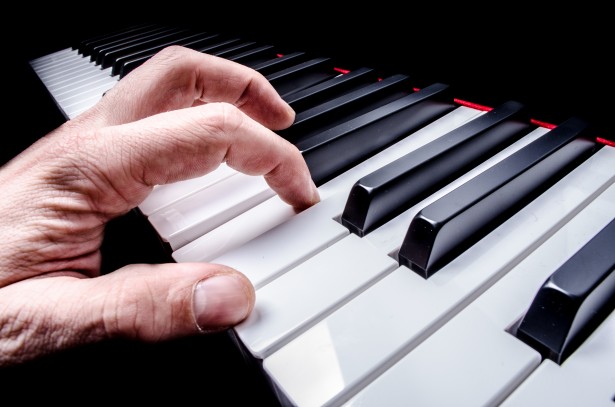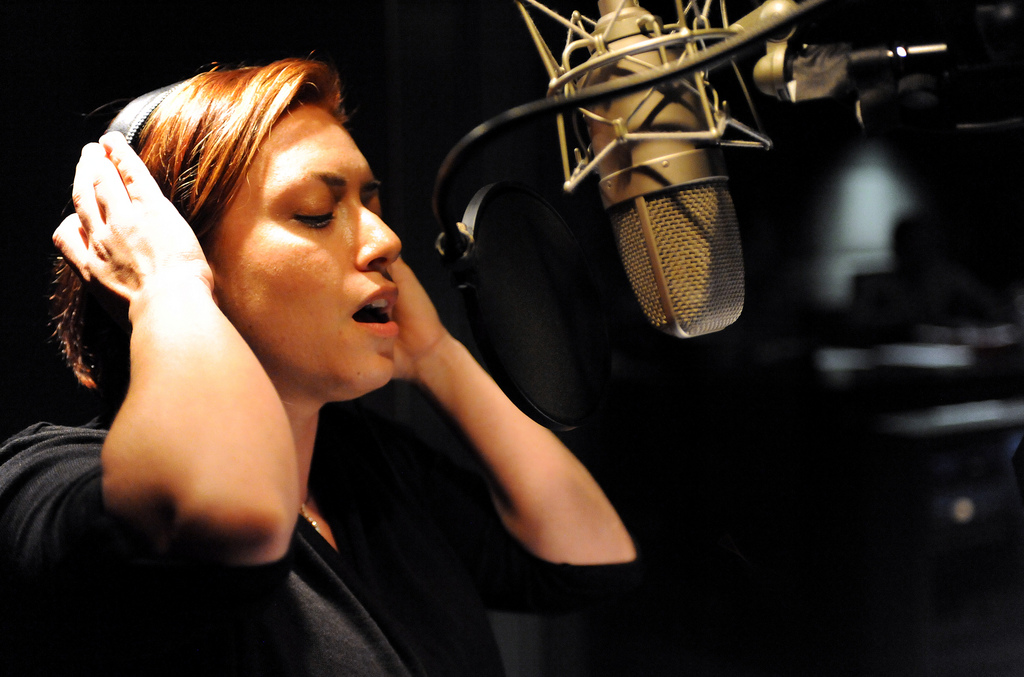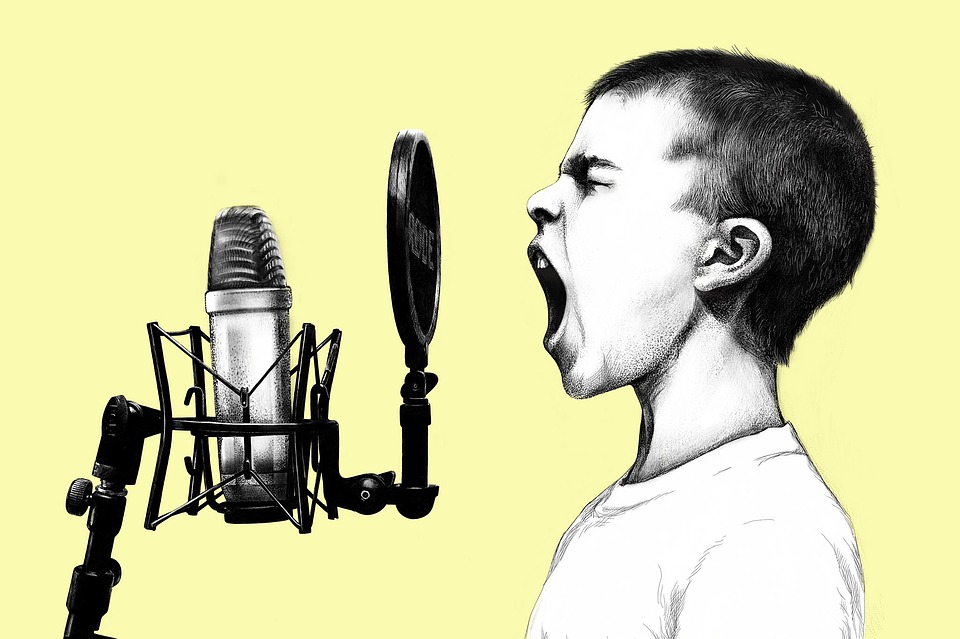Learning to Communicate With Your Audience (with confidence)
In the interpretation of songs, the facial expression informs others of our emotional state and, therefore, the importance of facial muscles should not be dismissed in teaching. I have often witnessed a performance where the mouth is kept most of the time in the capital letter O-position or the popular broad “colgate smile” set on the face. Neither of this kind of singer seems to be aware of the message of the lyrics, be it happy or sad. You need to overcome any singing anxiety when performing for a crowd. Any tension in the facial muscles affects the pharynx and the source of the voice.
The truth is that the song cannot freely express itself on our face and lips, the area from which the movements of our emotional state are conveyed directly to our brain and to the audience too. If the singer´s mouth is constantly in the O-position or there is a fixed smile on the face, it will merely communicate the singer´s thought that this should be the expression to be held, this is the expression of a singer, this is the way I was taught to pose. As a result, the performance will be nothing but facial gymnastics that the audience does not expect to see or listen to.
Be Natural
Expression of feelings should always be based on flexible movement, not gymnastics or intentional tightening of facial muscles or posing. Interpretation is muscular movement brought about by our emotional state. The renowned Swedish singer, Elisabeth Söderström, once commented on the same issue: “You don´t need to look like a bunny-rabbit when singing.” She had heard the same advice in her early career from a wise, elderly conductor. The face and lips are twisted in a desperate effort to produce clear pronunciation. Here we have strayed far from the importance of the tone of voice to move on to phonetics, another important area of the whole of singing. Phonetics is essentially the study of the sounds of human speech and is quite different from the timbre of the singing voice, the world of tonal colors and nuances. Singing does not mean concentrating on the idea of how to articulate, but rather of the way to articulate.
Focus on your pronunciation, but not too much
A singer who concentrates too much on clear and correct pronunciation reminds me of Isadora Duncan, a pioneer of modern dance. She disregarded the strict rules of posture and formation of classical ballet “as ugly and against nature”, as nothing more than meaningless gymnastics. “I spent long days and nights in the studio seeking that dance which might be the divine expression of the human spirit through the medium of the body´s movement.” It is not surprising that if any person used to natural expressions and not a regular concert-goer, found a classical singing performance to be stilted and artificial.
Many singers do not realize that vowel sounds are already well formed at the vocal lips’ level in the larynx. It is important that the mouth and lips open for the vowels without any placing, constriction or posing. In order to free ourselves from needless movements of the jaws, mouth, and face as a whole, we can try to practice ventriloquism. One student was astonished when we began this exercise since she was under the impression that a ventriloquist really does speak from the stomach in some way. This idea is as absurd as “singing without vocal lips”, as one colleague once misleadingly put it, claiming that a loud carrying voice cannot be achieved by singing with vocal lips.
A good ventriloquist can speak clearly even when only minimally moving the lips and the jaws to the extent that it seems that the lips and the jaws are completely immobile. With this exercise, a student can activate the tongue and the pharynx to find their proper function effectively and the vowels, in particular, will brighten up.
Exercise to improve your facial expression
Singing is literally a vocal art, and therefore, it is very important that the vowels resound clearly. Unclear articulation is often due to stiffness of the tongue, for which excessive lip and jaw movement cannot compensate. Try to tell about a tragic event with a happy face, or a cheerful story with an angry face. You will see how difficult it is to hide the truth with a false facial expression.
However, some singers seem to try it time and time again. In his book The Complete Actor (pp 143-144), H. Wesley Balk presents an excellent exercise aiming to eliminate the stiffness of the facial muscles whereby the student stands in front of a mirror, or preferably two students stand face to face; they practice expressing their thoughts to each other in Pig Latin in order to make them use exaggerated facial expressions to get their message across.
Before the exercise, it is good to warm up the facial muscles by twisting and stretching them to all directions. Try imitating different characters in the mirror image to help demonstrate the great effect facial expressions have on transmitting emotions and other information. Raising the eyebrows, wrinkling the forehead or singing asymmetrically with one corner of the mouth, does not make singing easier.
The face should not be used in voice production otherwise the facial muscles will lose their ability to perform their real objective for the expression of thoughts and emotions. Together with the voice, the facial expression is the most important instrument for communication with the audience: it carries the singer´s personality, as well as the interpretation of the song and its emotional content. If you think of the content of the song or the operatic character in question, many different feelings, persons or characters will emerge in your mind. One and only true interpretation does not exist.
Final Thoughts
Even your own interpretation may change from day today. The teacher should avoid too much guidance or manipulation within the area of interpretation to give room for the singer to concentrate on the meaning of every word. When watching Luciano Pavarotti sing, you can see his direct relation to the text, to the single vowels and consonant; whether singing in the upper or lower register, his every sound is as natural as normal speech, without searching for something or posing. The sincerity of the Italian character can be heard in the speech and singing of Italian singers. They set a good example to be followed.






